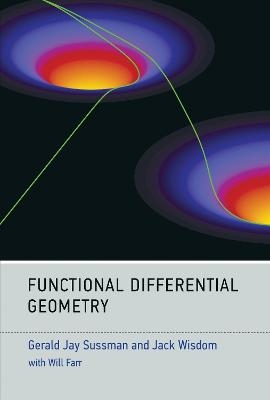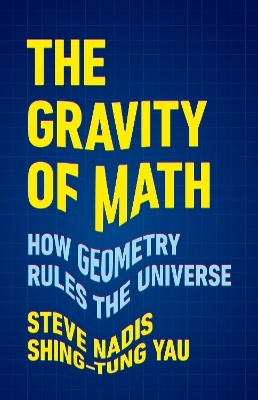
Functional Differential Geometry
Seiten
2013
MIT Press (Verlag)
978-0-262-01934-7 (ISBN)
MIT Press (Verlag)
978-0-262-01934-7 (ISBN)
An explanation of the mathematics needed as a foundation for a deep understanding of general relativity or quantum field theory.
Physics is naturally expressed in mathematical language. Students new to the subject must simultaneously learn an idiomatic mathematical language and the content that is expressed in that language. It is as if they were asked to read Les Miserables while struggling with French grammar. This book offers an innovative way to learn the differential geometry needed as a foundation for a deep understanding of general relativity or quantum field theory as taught at the college level.
The approach taken by the authors (and used in their classes at MIT for many years) differs from the conventional one in several ways, including an emphasis on the development of the covariant derivative and an avoidance of the use of traditional index notation for tensors in favor of a semantically richer language of vector fields and differential forms. But the biggest single difference is the authors' integration of computer programming into their explanations. By programming a computer to interpret a formula, the student soon learns whether or not a formula is correct. Students are led to improve their program, and as a result improve their understanding.
Physics is naturally expressed in mathematical language. Students new to the subject must simultaneously learn an idiomatic mathematical language and the content that is expressed in that language. It is as if they were asked to read Les Miserables while struggling with French grammar. This book offers an innovative way to learn the differential geometry needed as a foundation for a deep understanding of general relativity or quantum field theory as taught at the college level.
The approach taken by the authors (and used in their classes at MIT for many years) differs from the conventional one in several ways, including an emphasis on the development of the covariant derivative and an avoidance of the use of traditional index notation for tensors in favor of a semantically richer language of vector fields and differential forms. But the biggest single difference is the authors' integration of computer programming into their explanations. By programming a computer to interpret a formula, the student soon learns whether or not a formula is correct. Students are led to improve their program, and as a result improve their understanding.
Gerald Jay Sussman is Panasonic Professor of Electrical Engineering at MIT. Jack Wisdom is Professor of Planetary Science at MIT. Will Farr is a CIERA Fellow at Northwestern University.
| Reihe/Serie | Functional Differential Geometry |
|---|---|
| Co-Autor | Will Farr |
| Zusatzinfo | 8 b&w illus. |
| Sprache | englisch |
| Maße | 152 x 229 mm |
| Gewicht | 449 g |
| Themenwelt | Mathematik / Informatik ► Mathematik ► Geometrie / Topologie |
| Naturwissenschaften ► Physik / Astronomie ► Relativitätstheorie | |
| ISBN-10 | 0-262-01934-5 / 0262019345 |
| ISBN-13 | 978-0-262-01934-7 / 9780262019347 |
| Zustand | Neuware |
| Informationen gemäß Produktsicherheitsverordnung (GPSR) | |
| Haben Sie eine Frage zum Produkt? |
Mehr entdecken
aus dem Bereich
aus dem Bereich
Gekrümmte Kurven und Flächen
Buch | Softcover (2024)
De Gruyter (Verlag)
CHF 76,90
how geometry rules the universe
Buch | Hardcover (2024)
Basic Books (Verlag)
CHF 43,60


